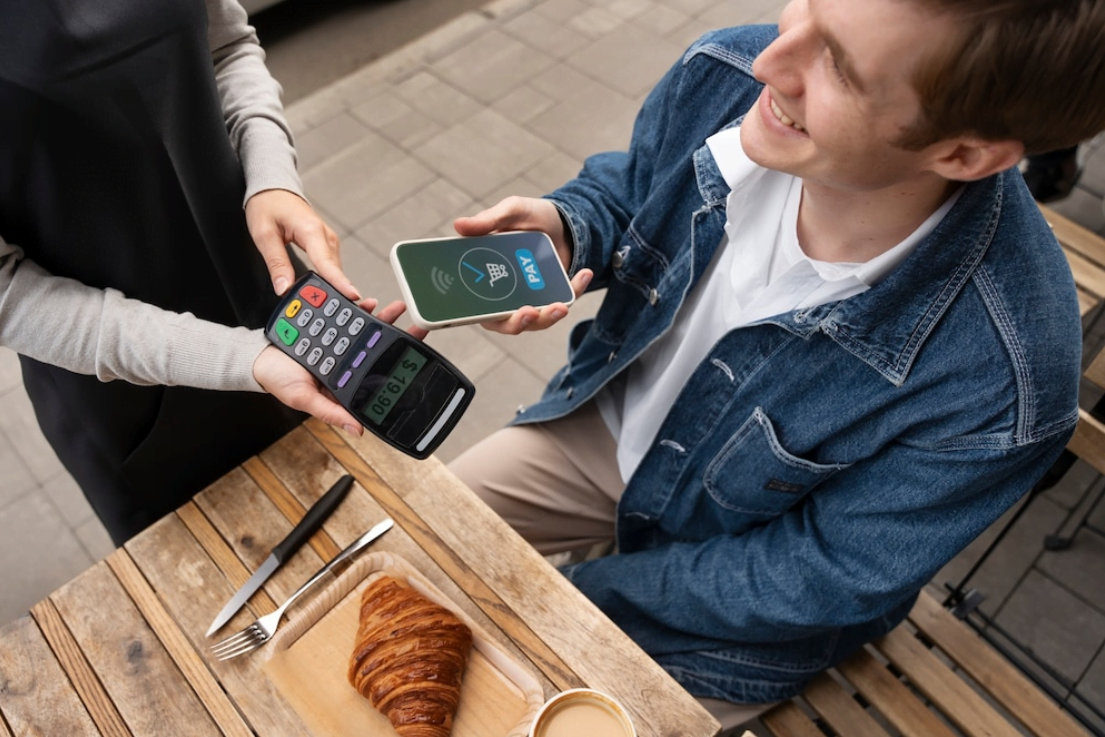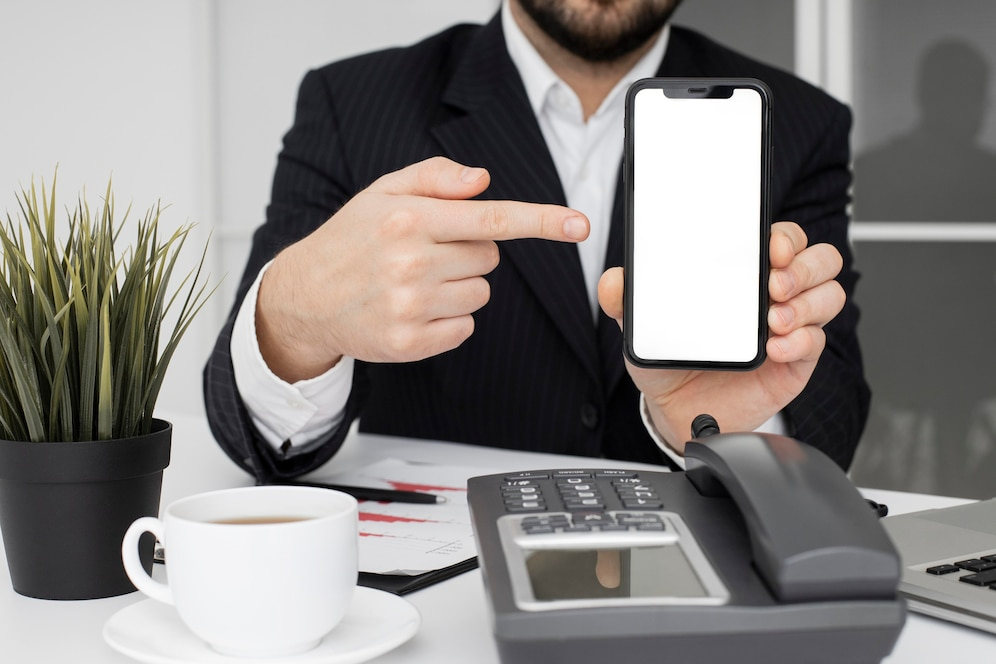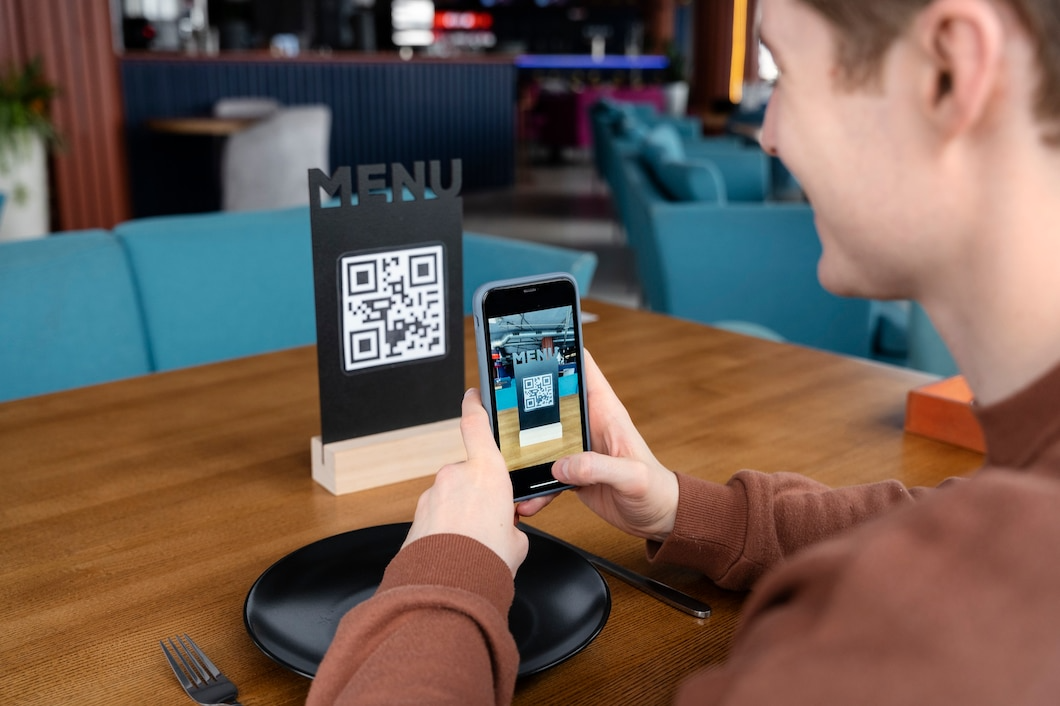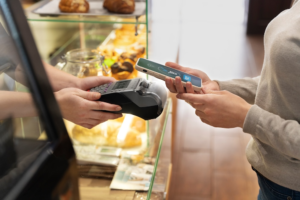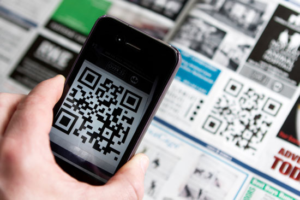In the ever-evolving landscape of digital transactions, QR code payments have emerged as a force to be reckoned with. With a staggering milestone of $2 trillion globally, these payments have showcased their immense scale and impact on the financial ecosystem. Let’s dive deeper into the world of QR code payments and explore just how big they are.
The Rise of QR Code Payments
Originally developed in Japan for tracking purposes in the automotive industry, QR codes quickly found their way into the realm of payments. Their potential as a convenient and secure method for transactions became evident, leading to their widespread adoption in the financial sector. Today, QR code payments have become ubiquitous, leveraging the prevalence of smartphones and mobile devices.
Understanding QR Code Payments

QR code payments involve scanning a QR code displayed by a merchant using a smartphone or other mobile device. The QR code contains crucial payment information, such as the recipient’s details and the transaction amount. Once scanned, the payment is authorized, and the funds are transferred securely and instantaneously.
The Immense Scale of QR Code Payments
Reaching a monumental milestone of $2 trillion is a testament to the tremendous scale and adoption of QR code payments. This figure underscores the global recognition and acceptance of QR codes as a preferred method for conducting transactions. It signifies the significant role they play in shaping the modern financial landscape.
Factors Driving the Success of QR Code Payments
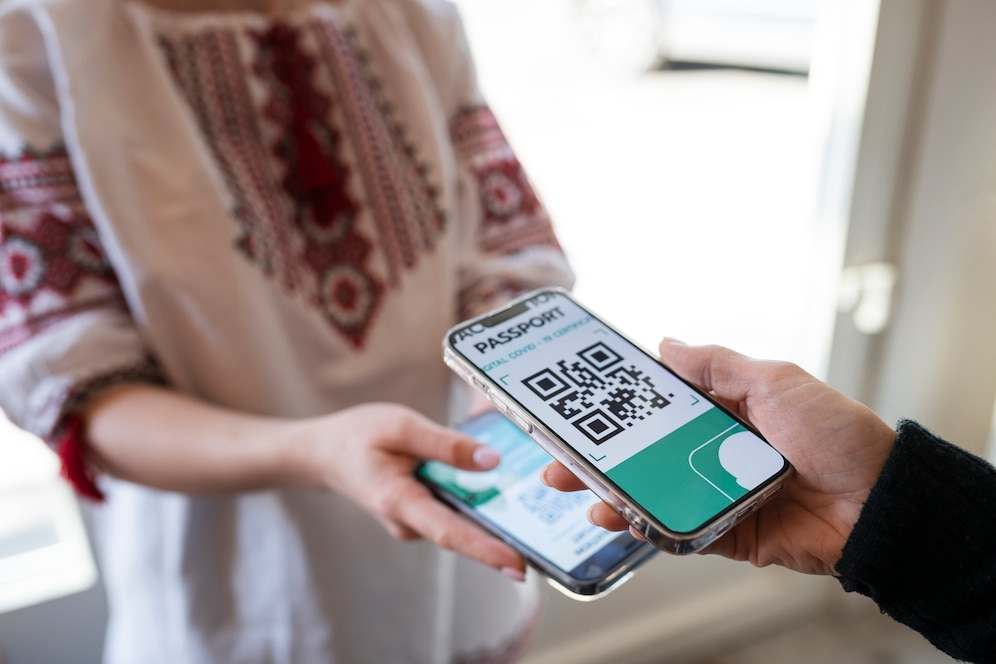
Several factors have contributed to the remarkable growth and success of QR code payments:
1. Convenience and Simplicity
QR code payments offer unparalleled convenience and simplicity for both consumers and merchants. With just a quick scan, transactions can be completed swiftly and effortlessly, eliminating the need for physical cash or card swiping. This ease of use has made QR code payments an attractive option for a wide range of users.
2. Cost-Effectiveness
Compared to traditional card payment systems, QR code payments are highly cost-effective, particularly for businesses, including small and medium-sized enterprises (SMEs). The infrastructure required for QR code payments is minimal, reducing overhead costs and enabling more businesses to adopt this payment method.
3. Enhanced Security
Security is of paramount importance in the realm of payments, and QR code payments offer robust security measures. Encryption techniques, tokenization, and two-factor authentication are employed to ensure that sensitive payment information is protected. Additionally, the dynamic nature of QR codes generates a unique code for each transaction, reducing the risk of fraudulent activities.
4. Financial Inclusion
QR code payments have played a pivotal role in promoting financial inclusion, particularly in regions with limited access to traditional banking services. The low entry barrier and ease of use of QR code payments enable individuals without bank accounts to participate in the digital economy and enjoy the benefits of electronic transactions.
5. Merchant Adoption
The widespread adoption of QR code payments by merchants has been instrumental in their success. Businesses of all sizes, from small street vendors to large retailers, have embraced QR code payment solutions as a way to cater to the preferences of their customers and streamline their operations. This widespread acceptance has significantly contributed to the growth of QR code payments.
The Future of QR Code Payments
The future of QR code payments holds immense potential for further growth and innovation. Here are some potential developments on the horizon:
1. Integration with Wearable Devices
As wearable devices like smartwatches and fitness trackers continue to gain popularity, integrating QR code payments into these devices can further enhance their convenience. Users can make payments with just a tap, making transactions even more seamless and accessible.
2. Cross-Border Payments
While QR code payments have primarily been used for domestic transactions, their potential for facilitating cross-border payments is substantial. As interoperability and standardization improve, QR codes can serve as a secure and efficient method for conducting international transactions, removing barriers and simplifying global financial interactions.
3. Integration with Augmented Reality
The integration of QR code payments with augmented reality (AR) technology holds exciting possibilities. Imagine scanning a QR code in an AR environment to make a payment or interact with virtual products. This fusion of QR code payments and AR could revolutionize the way we shop and transact in the digital realm.
4. Integration with Voice Assistants
As voice assistants continue to become an integral part of our daily lives, integrating QR code payments with voice commands could be a game-changer. Users could initiate payments simply by speaking to their voice assistant, making transactions even more seamless and hands-free.
Frequently Asked Questions (FAQs)
Are QR code payments safe?
Yes, QR code payments are considered safe and secure. They employ encryption techniques, tokenization, and two-factor authentication to protect sensitive payment information.
Can QR code payments be used for online purchases?
Yes, QR code payments can be used for both in-person and online purchases. Online merchants can generate QR codes for customers to scan and complete their transactions.
Can I use QR code payments without an internet connection?
Yes, some QR code payment systems support offline transactions. These systems use QR codes that store the necessary payment information, allowing users to complete transactions even without an internet connection. However, an internet connection may be required for settlement and confirmation.
Are QR code payments limited to specific countries?
No, QR code payments have gained widespread adoption globally. While their prevalence may vary across countries, QR code payment solutions are available in many regions around the world.
Can QR code payments be used for person-to-person transfers?
Yes, QR code payments can facilitate person-to-person transfers. Users can generate QR codes that contain their payment information and share them with others for quick and convenient peer-to-peer transactions.
How can merchants benefit from accepting QR code payments?
Merchants can benefit from accepting QR code payments by offering a convenient and preferred payment method to their customers. QR code payments also reduce the reliance on physical cash, streamline operations, and provide opportunities for integration with loyalty programs and marketing initiatives.
Conclusion
The $2 trillion mark in QR code payments showcases the monumental size and impact of this payment method. QR codes have revolutionized the way transactions are conducted, offering convenience, security, and efficiency. As QR code payments continue to evolve and expand, their future looks incredibly promising, with the potential to transform global financial transactions.

